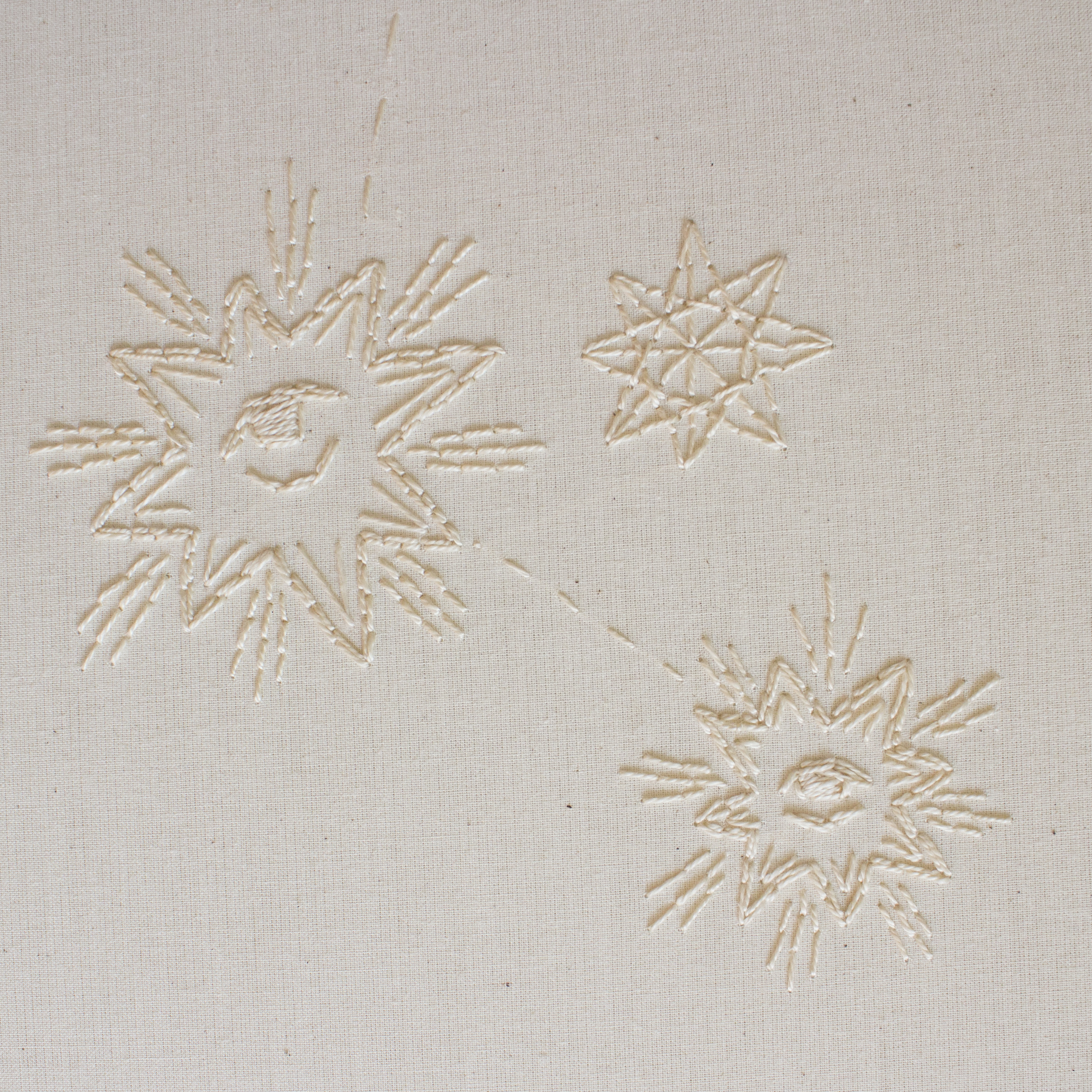- 2-D animation
- 3-D animation
- Abstract
- Abstract Painting
- Alt. process photography
- Animation
- Architect
- Archivist
- Art History
- Arts Writer
- BFA
- Blacksmith
- Book arts
- Book Illustration
- Branding
- Calligraphy
- Caricature
- Carpentry
- Ceramic
- Collaborative/collective
- Collage
- Color Photography
- Comics
- Commercial Photography
- Commission
- Community art
- Concept Art
- Conceptual
- Construction
- Copy photography
- Curator
- Development
- Digital 3-D modeling
- Digital Fabrication
- Digital Media
- Digital Photography
- Documentary
- Eco-Art
- Editor
- Editorial photography
- Engraving
- Etching
- Event photography
- Fab Lab
- Fashion
- Feminist
- Fiber
- Fiber Art
- Figure
- Film
- Film Photography
- Freelance
- Furniture Design
- Gallerist
- Game developer
- Garments
- Gender
- Goldsmith
- Graphic design
- Health and medical
- Home furnishing
- Identity Design
- Illustration
- Installation
- Interactive
- Interior Design
- Interior Painting
- Jewelry
- Kinetic
- Landscape
- Landscape Architect
- Lettering
- Letterpress
- Logo Design
- Master Printer
- Mechanical drawing
- Metal Fabrication
- Metalsmithing
- MFA
- Miniature
- Model
- Model maker
- Monotype
- Mural
- Mural Artist
- Music
- Packaging Design
- Painting
- Performance art
- Photography
- Porcelain
- Portrait
- Portraiture
- Preparator/ Art Handler
- Printmaking
- Product Design
- Public Art
- Public Engagement
- Representational
- Restoration
- Robotics
- Screenprinting
- Sculptor
- Sculpture
- Sign painter
- Social media
- Social Practice
- Soft Sculpture
- Stone
- Stop Motion Animation
- Street Art
- Surface Design
- Teaching artist
- Textile
- UI Design
- Video
- Visual Identity
- Web Design
- Wedding photography
- Window display
- Woodcut
- Woodworking
- Writer
Once We Were/Light + Labyrinth: Portland, Maine
Connect me with Annika Earley
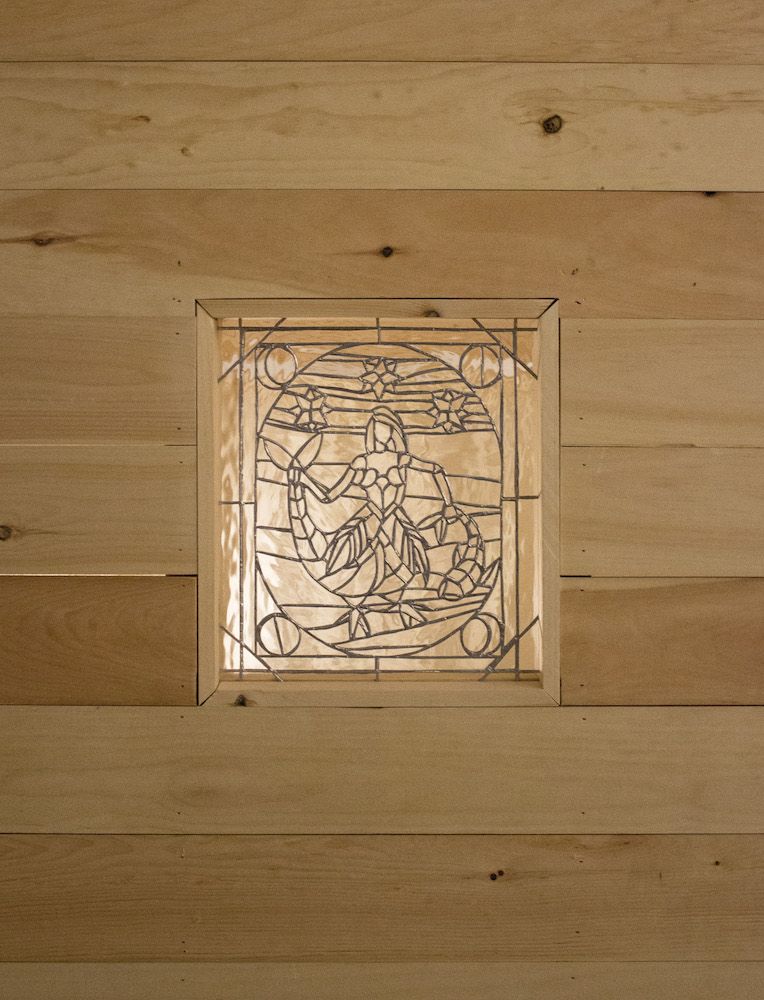
Once We Were (detail)
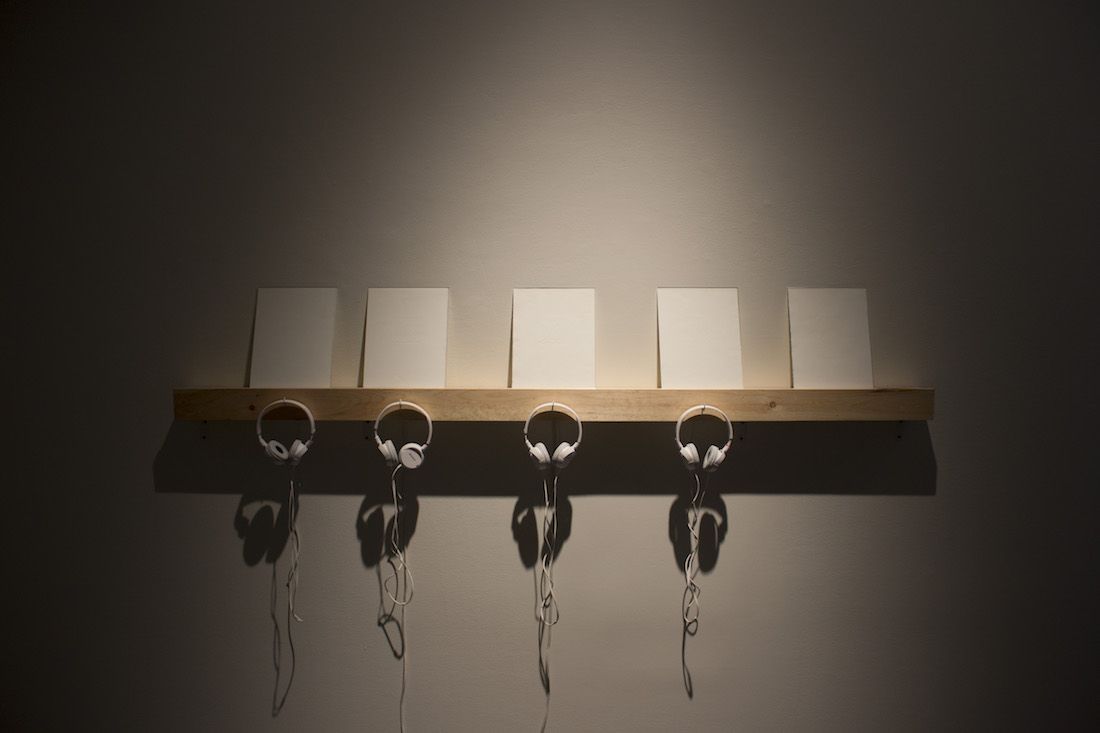
Light + Labyrinth: Portland, Maine
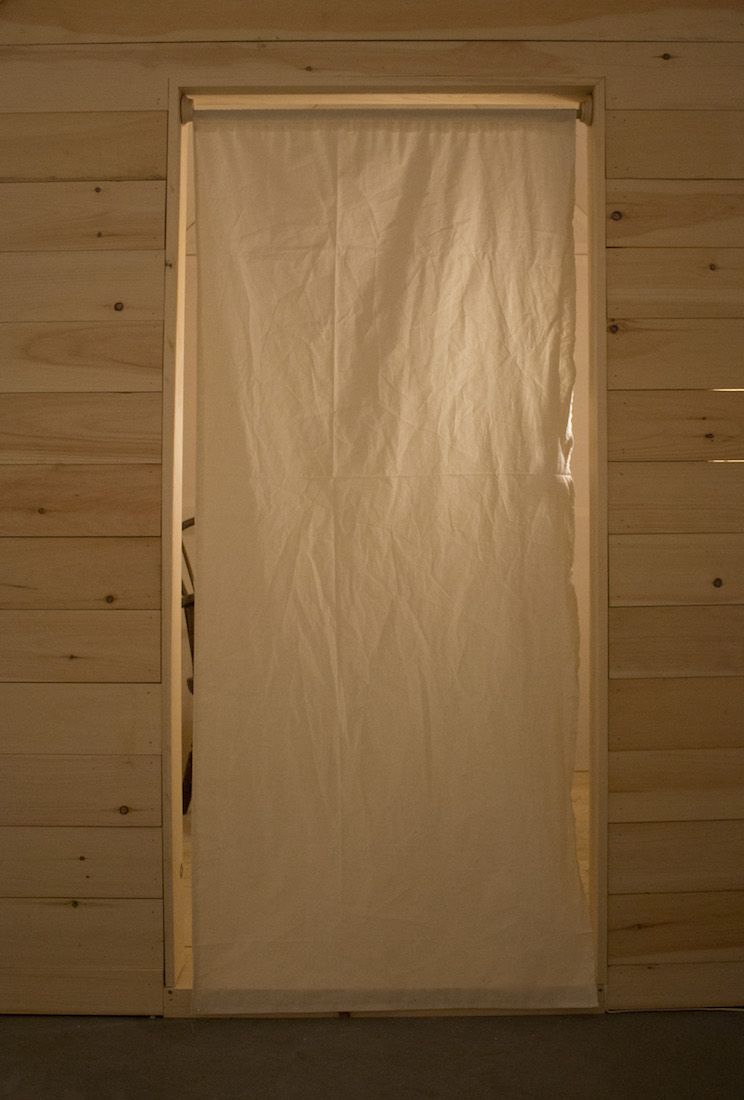
Once We Were (detail)
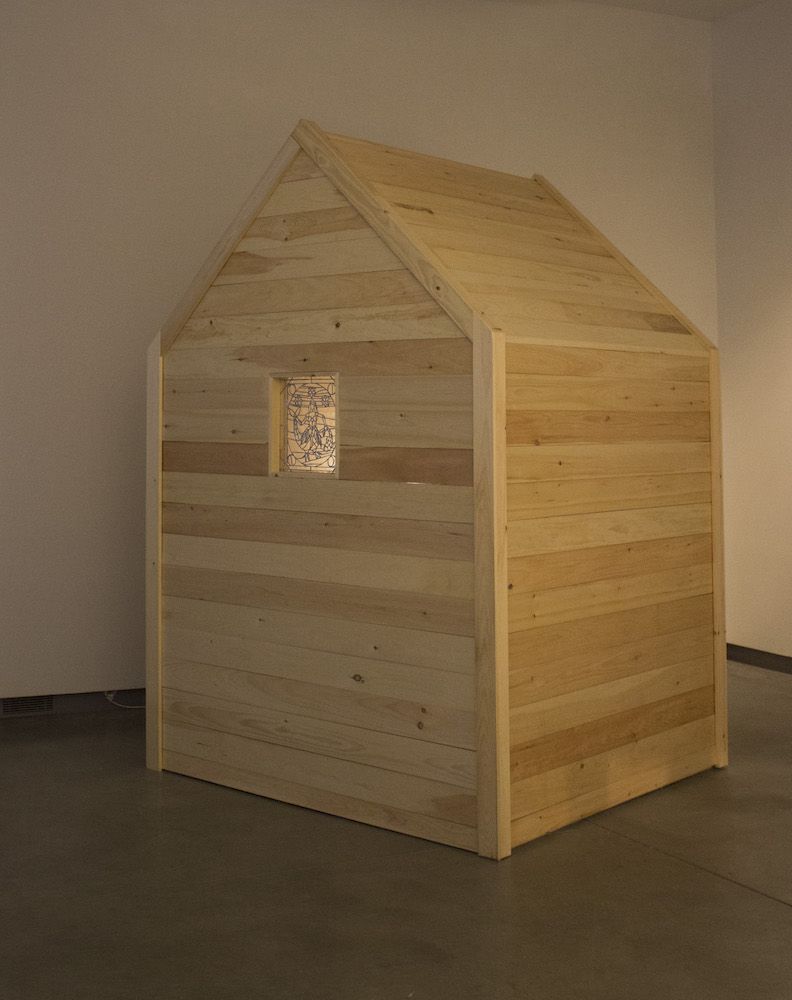
Once We Were
Description
Annika Earley‚??s Once We Were and Light + Labyrinth: Portland are two projects that inhabit the inverse of each other‚??s spaces. While the wooden house of Once We Were acts as a space-within-a-space, the site-specific locations of Light + Labyrinth: Portland open up the traditional space of a gallery and exist within the city. The works tread the line between folktale and theory, relying on both to create potential grounds for active and purposeful listening, a practice that Earley believes to be the key to fostering empathy between oneself and the surrounding world. Once We Were features three narratives of the mythological siren as a reminder of the importance of active listening. The symbology at play is visually represented by the stained glass window of the wooden house: Homer‚??s classic sirens, the rabbinic Lilith, and the German, rock-lurking Lorelei appear out of the harmonic hums to tell their stories. Singing vibrates not only the performer, but also the space in which the song is sung. Layered vocals and harmonies support this vibration and envelop the viewer. Through listening, the viewer activates these sounds and becomes part of the work. The Light + Labyrinth project is loosely modeled after the idea of a sculpture garden. Through historical or ecological research as well as careful observation of the experience of specific sites, Earley produces sound pieces that become part of the locations for which they are made. The Light + Labyrinth gardens are magical in that they are invisible until listened to. By diving in and out of the sound pieces through the act of walking from site to site, the listener has the chance to participate in ‚??ear cleaning,‚?Ě an activity of purposeful listening that enhances the perception of the amount of sound through which they move.

